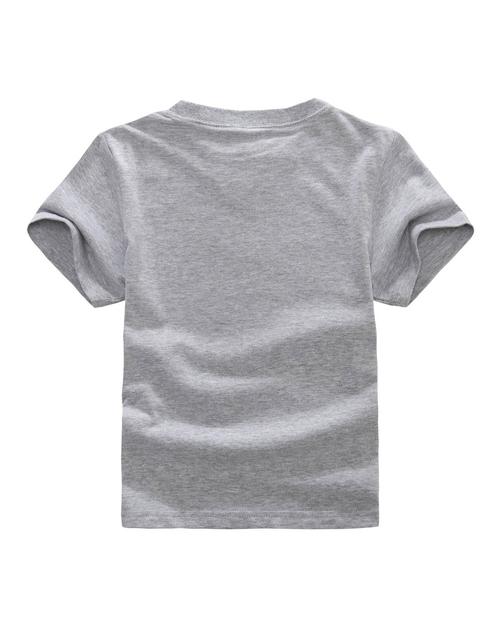Using color and material matching techniques can effectively shape the visual effect of clothing design. The following are some common techniques:
1. Color contrast and Coordination: By contrasting the brightness, saturation and contrast of colors, you can emphasize a certain part of a garment design. For example, using dark-toned materials on a bright background can highlight the silhouette of a garment. A more harmonious color combination can create a softer, harmonious effect.
2. Material texture and color association: Choosing colors that match the clothing material texture can increase the overall visual experience. Materials such as silk, cotton or wool can be used in different colors to highlight the details of the texture or show different visual effects.
3. The meaning of color expression: Different colors have different symbolic meanings and emotional feelings. According to the design theme or the positioning of the clothing, choose appropriate colors to express the concept. For example, red represents enthusiasm and energy, while blue represents calmness and peace. Choosing the right color can convey the specific emotion of the design.
4. Amount of color used: Using a large area of a single color can create a concise and powerful visual effect, which is suitable for emphasizing the overall feeling of clothing. Using multiple colors to combine and layer can create a more layered and dynamic effect.
5. Use of similar colors: Choosing similar colors to match can create a soft, gradient effect. This combination is often used to create a soft, natural or sophisticated atmosphere. For example, choosing different shades of blue can achieve a soft and layered effect.
6. Application of contrasting colors: The use of contrasting colors can produce a strong contrasting effect and attract the eye’s attention. For example, matching complementary colors such as red, green, yellow, and purple can create a strong visual impact and make the clothing design more attractive.
7. Utilization of light and shadow effects: Using changes in light and shadow can further highlight the details and layering of clothing design. For example, using bright colors on the raised parts and dark tones on the concave parts can create a contrast between light and dark, emphasizing the details and three-dimensionality of the garment.
Through the flexible use of color and material matching skills, designers can create rich, diverse and eye-catching visual effects of clothing design, thereby creating a unique Brand image and personality style.






